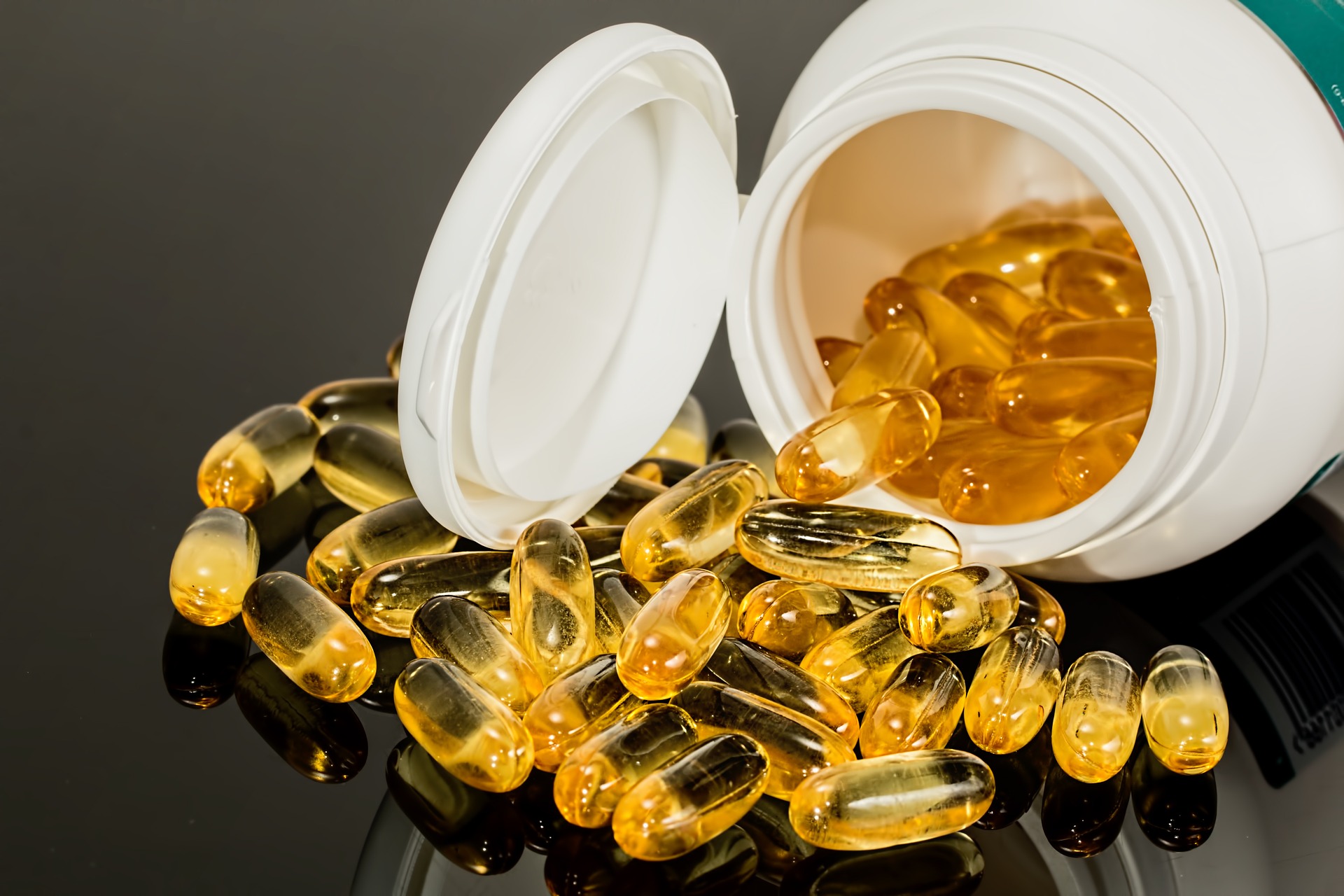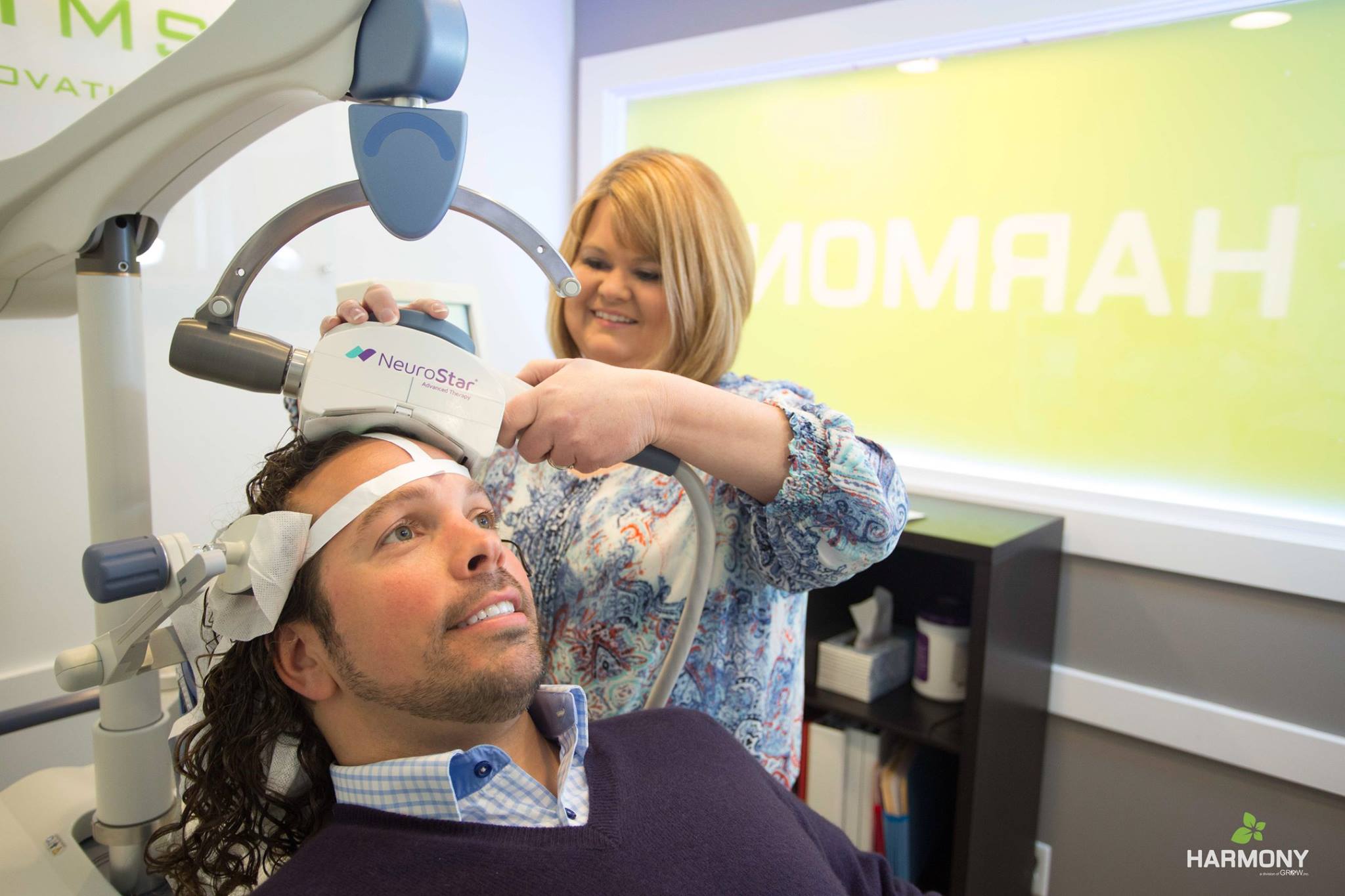Major Depressive Disorder (MDD) is a complex mental illness. It isn’t just a emotional condition– depression can have cognitive, behavioral, affective, and somatic symptoms as well. Because it can present in such a wide variety of ways, finding a treatment option that effectively addresses a patient’s unique depression symptoms can be a challenge.
For many patients, the trial and error process of finding the right antidepressant can be discouraging, which is part of the reason why Transcranial Magnetic Stimulation (TMS) therapy has gained so much attention recently. But does the non-invasive, non-drug alternative really live up to expectations?
In this article, we’ll review the evidence for TMS therapy as a depression treatment so you can decide for yourself:
- A little bit of background on the biology of the brain
- The effectiveness of antidepressant medication
- Efficacy, durability, and safety of TMS for depression

How Depression Affects the Brain
As depression rates have climbed in recent decades, researchers have sought to understand how, exactly, the disorder impacts the structure and function of the brain itself. Research has shown that the functional neuroanatomy of depression involves several brain regions, including the ventromedial and dorsolateral divisions of the prefrontal cortex (PFC).
The prefrontal cortex, as the name might suggest, is located at the front of the brain. As a whole, the region is responsible for controlling several key factors of mental health, such as:
- Concentration
- Interest/pleasure
- Psychomotor skills
- Mental/emotional fatigue
- Feelings of guilt, worthlessness, and suicidality
Imaging studies have suggested that the ventromedial division of the prefrontal cortex is also in constant communication with other regions of the brain that control emotional regulation and motivation/reward pathways. The dorsolateral division, on the other hand, is linked to brain regions associated with memory,abstract reasoning, and goal-making. These associations link the PFC to other factors that play a large role in depression symptoms:
- Motivation and concentration
- Sleep and appetite
- Physical fatigue
- Mood and emotion
Understanding the physical connection between the brain and depression is essential to understanding how therapies like TMS work.

Antidepressant Medication Isn’t Always an Effective Depression Treatment
When a patient first begins treatment for MDD or any other depressive disorder, a common treatment strategy is a combination of therapy and antidepressant medication. Because depression is such a complex condition, it can take some trial and error before the patient’s provider can find a medication that effectively treats the patient’s symptoms.
This process is difficult and frustrating, and unfortunately, some patients struggle to find an effective medication even after several trials. In fact, an estimated 30% of patients suffering from depression exhibit symptoms that are resistant to multiple medication trials.
Case Study: The STAR*D Trial
The 2010 Sequenced Treatment Alternatives to Relieve Depression (STAR*D) trial was one of the most thorough depression treatment trials. Conducted over 6 years in the United States, the STAR*D trial involved more than 2800 participants.
The trial included 4 levels of study. Each level tested a different medication or combination of medications for treating depression. The study found that approximately 50% of participants had achieved remission from their depression symptoms after 2 levels of treatment. However, after going through all 4 levels of treatment, 30% of participants were still experiencing depression symptoms.
The results of the STAR*D trial suggest that Treatment Resistant Depression (TRD)– or depression that is resistant to 2 or more antidepressant medications from different classes– is frustratingly common. It also makes it essential to find an alternative that can effectively address depression symptoms for the 30% of patients whose depression was not well-managed by medication alone.

Understanding TMS Therapy
Transcranial Magnetic Stimulation (TMS) is a non-invasive, non-drug depression treatment that uses pulsating magnetic fields to stimulate regions of the brain that are underactive in people with depression. Treatment involves placing a magnetic coil against the patient’s scalp, which induces and electrical field that penetrates the brain’s outer cortex regions.
When used repeatedly, TMS is sometimes referred to as repetitive Transcranial Magnetic Stimulation (rTMS). In the last two decades or so, rTMS has been widely accepted as a safe and effective treatment for treatment resistant depression.
TMS has become popular for several reasons, one of which being that it allows technicians to target extremely precise regions of the brain. Research has indicated that TMS leads to changes in the production of neurotransmitters associated with depression.
Additionally, the frequency of the magnetic pulses can be adjusted to meet the patient’s unique needs. High-frequency pulses, or pulses of 10-20 Hertz, effectively increase cortical excitability. Low-frequency pulses, or pulses of 1 or fewer Herz, have the opposite effect– they reduce cortical excitability.

TMS Therapy and Depression
Since the first TMS research was completed more than 30 years ago, the medical community has been fascinated with TMS as a possible treatment for depression, especially TRD. More than 40 independently-conducted studies have evaluated the potential of TMS for treating depression. These studies, as well as several meta-analyses and larger multi-site trials, consistently support that TMS is a safe and effective antidepressant treatment.
In this section, we will discuss three significant studies that provide support for TMS as a depression treatment:
- TMS efficacy research conducted by Neuronetics and NIMH
- Studies of TMS durability for depression treatment
- Studies of TMS safety for depression treatment
Case Study: Neuronetics Efficacy Trial
The first multi-site study of clinical outcomes of TMS-mediated excitation of the dorsolateral prefrontal cortex was conducted by Neuronetics in 2007. The trial involved 301 patients diagnosed with treatment resistant depression across 23 sites around the globe.
Patients were randomly assigned to receive either daily TMS treatment or a daily placebo treatment (simulated TMS treatment with a nonfunctioning coil). The patients who received TMS treatment received a 10 Hertz frequency for 4 seconds followed by 26 seconds of rest, repeated 75 times every day. Patients who responded positively to the TMS therapy then had their TMS treatments tapered off for 3 weeks, followed by antidepressant therapy.
MADRS analysis of the results showed that after the initial TMS treatment, the effect size was 0.39. Although this indicates the primary outcome analysis was not significant, there were significant benefits on several other outcome measures.
Most exciting, the Neuronetics trial showed that TMS offered benefits to people suffering from depression that had previously failed just 1 medicine regimen.
The Neuronetics trial played a key role in TMS receiving FDA approval the following year, in 2008.
Case Study: NIMH Efficacy Trial
The National Institute of Mental Health also sponsored a TMS efficacy trial. This trial was conducted at 4 sites across the United States and involved 190 patients diagnosed with MDD.
Similar to the Neuronetics trial, patients in the NIMH trial received either daily TMS therapy or daily treatment with a placebo coil. Again, TMS treatments consisted of 4 seconds of stimulation at a frequency of 10 Hertz followed by 26 seconds of rest, repeated 75 times. Treatment continued for 3-6 weeks, depending on how the patient responded to TMS therapy.
Researchers evaluated the results of the NIMH study using HAMD24 scoring, which indicated TMS treatment resulted in a clinically meaningful remission rate that was more than 4 times higher than the remission rate of patients receiving placebo treatment.
This translates to 15% of patients achieving depression remission through TMS therapy, and about 4% of patients in the placebo group achieving similar results.

Durability of TMS Therapy as a Depression Treatment
While it quickly became clear that TMS therapy was an effective way to address the symptoms of treatment resistant depression, additional research was needed in order to determine the durability of those favorable results.
One study found that 10 in 99 patients relapsed after achieving depression remission with TMS after 23.5 weeks. The same study found that while they did not relapse entirely, 38 patients experienced worsening symptoms of depression and that 32 of these 38 patients were able to re-achieve remission with a second round of TMS therapy in combination with an antidepressant medication. After 6 months, 50 out of 99 patients remained in remission from their depressive symptoms based on multiple patient analysis questionnaires.
A follow-up of the NIMH efficacy trial found that 62% of the 120 patients who had achieved depression remission from TMS were still depression-free.
On average, the durability of TMS for depression treatment is placed at 64-90% over a 3-12 month time period following treatment.
Safety of TMS Therapy as a Depression Treatment
Another reason that TMS therapy has generated so much excited within the medical community is that it is associated with fewer and less severe side effects than many antidepressant medications.
The most severe side effect of TMS therapy is the possibility of seizure during therapy, although it appears that the prevalence of TMS-induced seizures occuring is extremely small. A study of 325 TMS patients— who received a combined 10,000 TMS treatments over the course of the trial– reported no seizures during testing.
The most common side effects of TMS therapy are mild headaches and scalp discomfort.

In the last few decades, dozens of studies have been conducted on the effectiveness of TMS therapy as a depression treatment. A review of this research suggests that TMS therapy shows a great deal of promise as an alternative to medication for individuals suffering from treatment resistant depression.
To find out if TMS therapy might be right for you or someone you care about, contact our team today.
